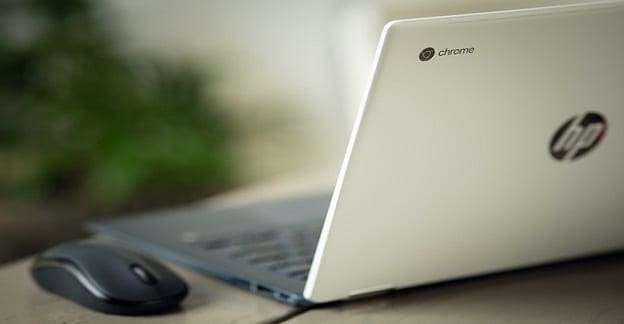One of the great things about 3D printing is that with a well-configured printer, the quality of the results is reliable. That’s part of what can make it so frustrating if you find that your multi-part 3D prints don’t fit together. Often with this issue, the printer itself isn’t the cause of the issue. While resolving this can take time and effort, it is possible.
Tips to Troubleshoot Part Fitting Issues
After carefully designing parts and making sure they should fit together when you start printing them, you might see that they just won’t ever fit together. When working with multiple models, it’s entirely possible to overlook ensuring that your unit of measurement is the same for both models. This can end up with having something like a screw measured in millimeters. But the socket you’re trying to fit it in is in inches.
When comparing parts that need to fit together. If it’s clear that the units aren’t the issue, then it’s best to measure the printed parts to make sure everything is accurate. Make sure that the opening is slightly larger than the part supposed to fit in it.
For example, with a screw and a hole for it to go in if you make the hole the exact dimensions of the screw as if it were a cutout. Then because no printer has perfect tolerances, the screw won’t fit. Potentially even if you try to force it.
Tip: For 3D printed screws, it’s best to make the socket 0.1mm wider than the screw or lower resolution prints to allow a 0.2mm tolerance.
If this isn’t the issue, then the next thing to do is to have a closer look at the actual shape of your print. There are two potential issues here to look for. The first is if any curved surfaces look jagged or angle. The second thing to check for is if any circles are actually elongated into ovals.
The presence of jagged curves is an indication that your model has too few polygons to accurately recreate the shape. If any circles are more like ovals, this indicates that one of your printer’s belts is loose. This will lead to a misalignment in the X- and Y-axes.
If everything in your print has come out slightly smaller than it should, this could be due to the thermal contraction of the printed plastic. While you can expand the model to allow for this, purchasing a high-quality filament is generally a more reliable fix.
Conclusion
Following these tips should help you to resolve most issues where prints don’t fit together as they should. If you’ve got any other tips to help to resolve part-fitting issues, let us know down below.


